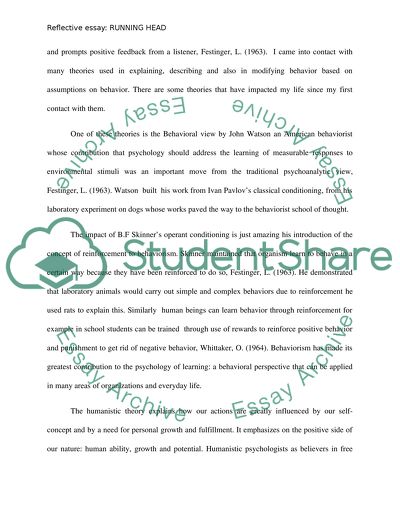Cite this document
(“Psychology Work Portfolio Essay Example | Topics and Well Written Essays - 2000 words”, n.d.)
Retrieved from https://studentshare.org/psychology/1449016-psychology-work-portfolio
Retrieved from https://studentshare.org/psychology/1449016-psychology-work-portfolio
(Psychology Work Portfolio Essay Example | Topics and Well Written Essays - 2000 Words)
https://studentshare.org/psychology/1449016-psychology-work-portfolio.
https://studentshare.org/psychology/1449016-psychology-work-portfolio.
“Psychology Work Portfolio Essay Example | Topics and Well Written Essays - 2000 Words”, n.d. https://studentshare.org/psychology/1449016-psychology-work-portfolio.


